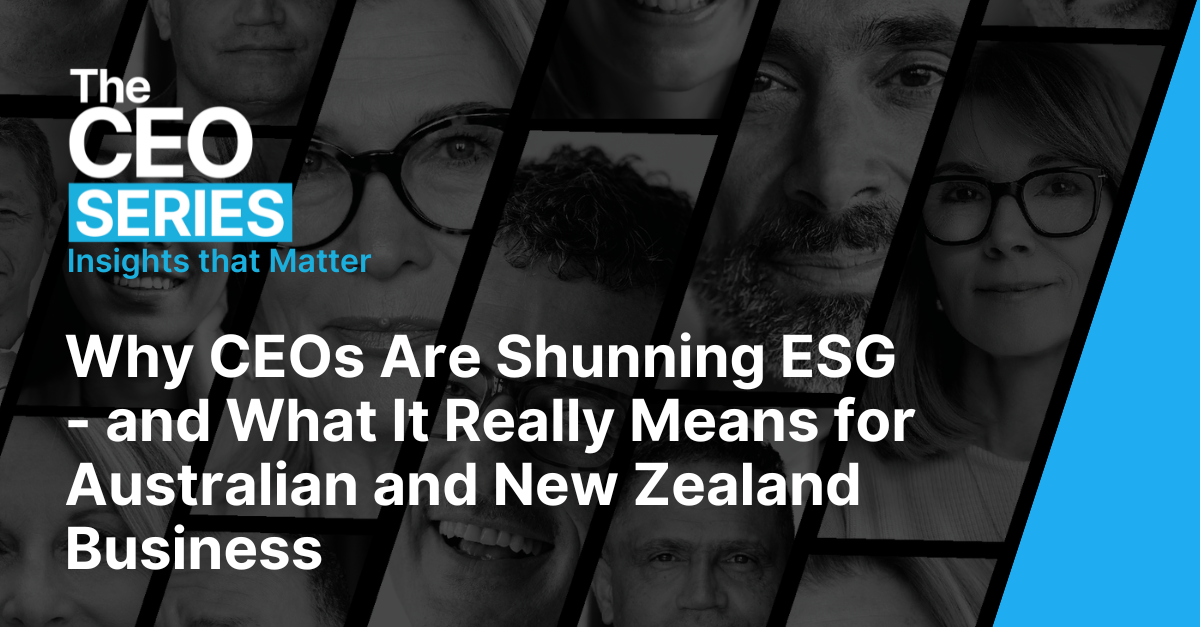
The shock finding: zero per cent
Mid-2025, we surveyed our CEO and business owner members across Australia and New Zealand. The result that caught our attention was as stark as it was revealing. When asked to nominate their organisation’s top strategic priority for the next twelve months, 67% chose growth and expansion, 14% selected cost management and efficiency, and not a single respondent – 0% - identified sustainability or ESG. (graph 1)
.png?width=2884&height=1521&name=ESG%20White%20Paper%20-%20graphs%20(2).png)
Graph 1: What is your organisation’s top strategic priority for the next twelve months?
For a topic that has dominated boardroom agendas and investor briefings for a decade, the complete disappearance of ESG from the CEO priority list is striking. The same pattern appeared again when we asked which external issues leaders believed would have the greatest impact on performance. Inflation and cost pressures dominated at 54%, followed by labour and skills shortages at 25%. Geopolitical and technological disruption accounted for around 10%, and once again, ESG pressures registered at 0%. (graph 2)
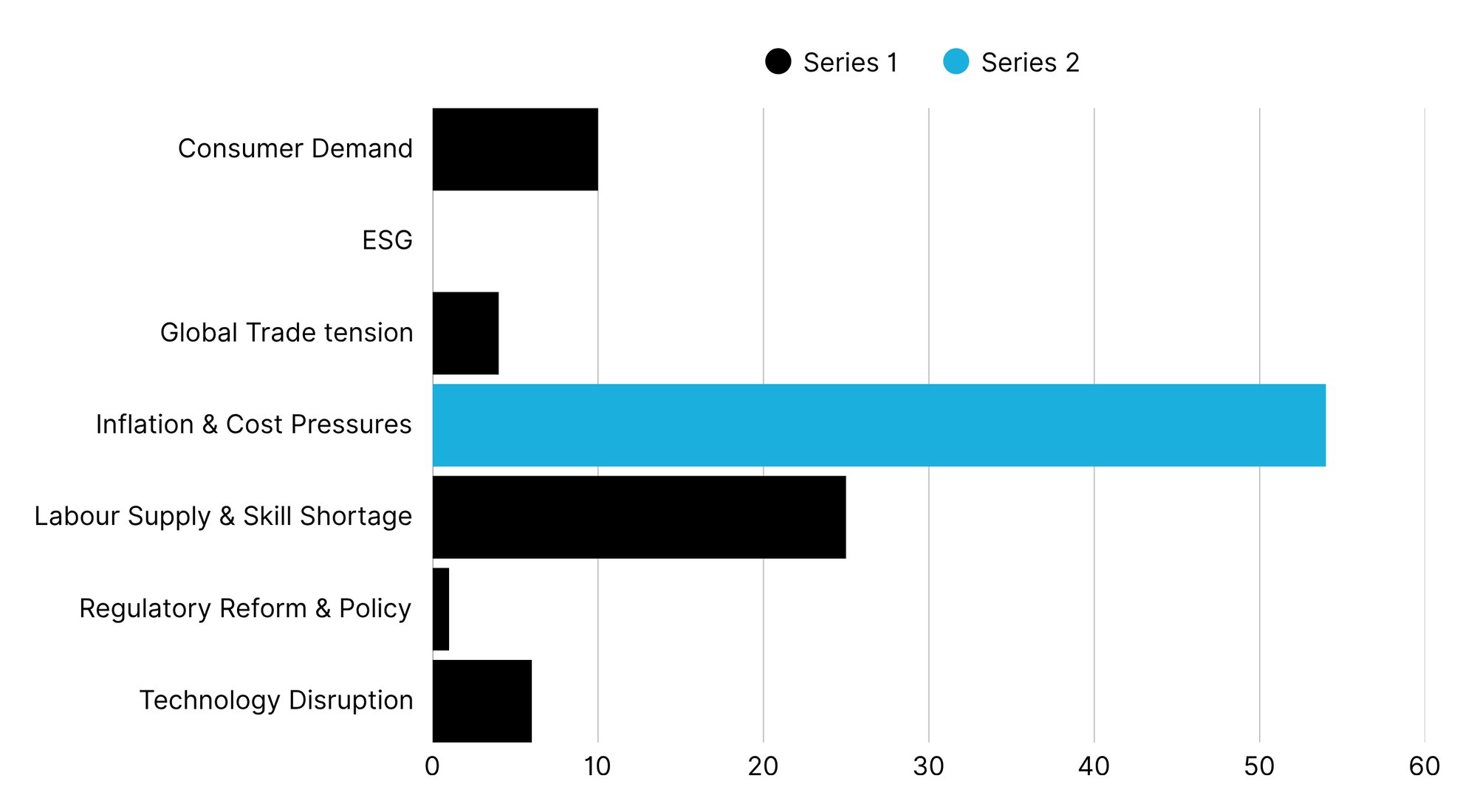
Graph 2: What external issue will have the greatest impact on your business performance in the next 12 months?
On the surface, the message might seem simple: ESG is no longer seen as a strategic priority. But beneath that headline lies a more nuanced reality - one that reveals as much about the current pressures on business as it does about the evolving language of leadership.
A label that lost its meaning
To understand why ESG has fallen off the agenda, it helps to start with what the acronym has come to represent. In its early years, “ESG” served as a useful shorthand - a signal that a company understood its environmental impact, managed social responsibility, and governed itself transparently. But over time, the term has become heavy with politics, complexity, and fatigue.
For many CEOs, ESG now evokes images of lengthy reports, consultants’ slide decks, and a shifting landscape of frameworks - TCFD, ISSB, GRI, SASB, and others - that seem to multiply every year. Instead of a unifying idea, it has become a compliance maze. The alphabet soup of standards, the cost of third-party verification, and the fear of being accused of “greenwashing” have all contributed to an erosion of trust. In short, what was once a signal of responsible leadership has become, in many boardrooms, an administrative burden.
In Australia and New Zealand, this has been compounded by a growing assurance requirement. New climate disclosure regimes - under the AASB in Australia and XRB in New Zealand - are shifting from voluntary to mandatory reporting, with directors required to sign off on auditable data. Regulators such as ASIC have stepped up enforcement, issuing multimillion-dollar penalties for misleading sustainability claims. As a result, CEOs have become more cautious. Many now choose silence or relabeling over the reputational risk of getting it wrong.
Rosanna Iacono, CEO of strategy and sustainability advisory, The Growth Activists, cautions that this silence comes at a price: 'The pendulum has perhaps swung too far toward risk mitigation. While caution is wise, stepping back from the ESG conversation creates a void that competitors are quick to fill, turning a critical non-financial risk into a tangible commercial threat.'
But make no mistake - this is not a story of CEOs abandoning responsibility. It is a story of language, timing, and practicality. Leaders still care deeply about sustainable operations and responsible governance. They just don’t call it ESG anymore.
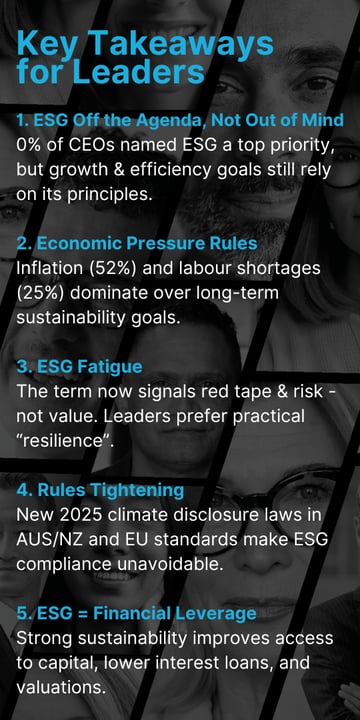
What “zero per cent” really tells us
To interpret our survey properly, we need to separate intent from expression. The zero per cent finding does not mean CEOs have stopped investing in sustainability or that the moral case has disappeared. Rather, it highlights a shift in mindset: from symbolism to survival, from statements to systems.
Right now, most leaders are managing three immediate pressures:
- Rising costs - particularly energy, insurance, and wages, all of which eat into already thin margins.
- Chronic skills shortages, with many sectors unable to fill critical roles.
- Volatile external conditions, from supply chain disruption to geopolitical tension and rapid AI-driven change.
In this context, it’s hardly surprising that CEOs have reprioritised. They are focusing on the variables they can control today - productivity, efficiency, cash flow, and capability. ESG, in contrast, has come to feel distant: a long-term conversation about reporting and targets, not an immediate lever for performance.
Yet here lies the irony. The very priorities CEOs do name - growth, cost, and talent - are the ones most dependent on the principles that ESG was designed to address. Sustainable growth requires stable supply chains, efficient resource use, and reputational trust. Cost management depends on energy efficiency, waste reduction, and risk mitigation. And talent retention increasingly hinges on purpose, culture, and values - all core to the “S” in ESG.
In other words, ESG has not disappeared from the business agenda. It has simply gone underground.
Rosanna Iacono believes that the 'zero per cent' finding is a warning, not a relief. She notes, “The biggest risk for an ANZ CEO today is not a lack of commitment to ESG, but the belief that mandatory reporting is only a 'big business' problem. Mandatory climate reporting, which begins in Australia for the largest entities from January 2025, forces them to report on their entire value chain, as they will need to include their Scope 3 emissions from their second year of reporting. This creates a powerful, cascading effect. Any business, regardless of its size, that acts as a supplier to these large reporting entities will soon be expected to provide carbon data and demonstrate a decarbonisation strategy, or risk losing their competitive commercial edge to those businesses that are better prepared.”
She stresses the financial imperative for this preparation: “Demonstrating strong ESG practice and measurable, ongoing improvement is increasingly a prerequisite for finance. It can create access to lower-interest rate Sustainability-Linked Loans (SLLs), builds institutional investor support for IPOs or listed businesses, and directly drives higher valuations in Venture Capital raises and Private Equity exits. For the 67 per cent of CEOs who cited growth and expansion as their top strategic priority, securing this capital is not optional—it’s the essential fuel required to fund that very growth agenda. Strong ESG performance is not a cost; it’s now a measurable financial lever for superior growth.”
The local reality: pressure is rising, not falling
While the language may be changing, the obligations are not. In fact, the regulatory and commercial expectations around sustainability are tightening in both Australia and New Zealand.
- In Australia, climate-reporting standards aligned to the AASB come into effect for large entities from 1 January 2025, requiring audited, director-signed statements on governance, strategy, and metrics. ASIC’s stance on greenwashing means that inaccurate or exaggerated claims will now be treated as misleading conduct.
- In New Zealand, the XRB climate disclosure standards are already in force, covering over 200 major entities across finance, energy, and manufacturing.
- Internationally, exporters face mounting requirements from trading partners. The European Union’s Carbon Border Adjustment Mechanism (CBAM) and its new Corporate Sustainability Due Diligence Directive (CSDDD) will require clear evidence of emissions, supply-chain due diligence, and ethical labour practices.
For many ANZ companies - particularly those seeking international contracts or financing - this is no longer optional. Banks, superannuation funds, and insurers are embedding sustainability criteria into lending and underwriting. Procurement teams now regularly request evidence of modern slavery checks or carbon reduction plans. The question is no longer whether a company believes in ESG, but whether it can demonstrate compliance and credibility.
The risk for CEOs is simple: treating ESG as “someone else’s problem” doesn’t remove the requirement; it just moves it from the strategy page to the audit file. And when those gaps surface, the cost - financial, legal, and reputational - is far greater.
Iacono observes that managing the supply chain risk is now the non-negotiable step for compliance. “The due diligence required by regulations like the EU's CSDDD means Australian and New Zealand businesses, particularly those that trade internationally, must have real visibility into their full supply chain - right down to Tier 2 and Tier 3. Leaders who defer this process are unknowingly adding significant financial and legal liability to their balance sheet.”
The new mindset: from ESG to enterprise resilience
If the ESG acronym has lost its power, it’s time to replace it with a language that business leaders recognise and respect: resilience.
Resilience is a commercial term, not a moral one. It speaks to continuity of operations, predictability of cash flow, and the ability to adapt under pressure. It’s also measurable. Resilient companies are those that can absorb shocks - economic, environmental, or social - without losing performance momentum.
Reframed through this lens, the ESG agenda stops being a set of external obligations and becomes an internal system for managing volatility.
It’s not about appeasing investors or producing glossy sustainability reports. It’s about protecting the bottom line in a world where instability is the new constant.
Resilient businesses share three characteristics:
- Foresight - the ability to see emerging risks and opportunities early.
- Flexibility - the capacity to pivot resources quickly when conditions change.
- Focus - disciplined decision-making that ties every initiative back to performance.
When CEOs adopt this lens, sustainability becomes tangible again. It stops being about ideology and starts being about risk, return, and readiness.
Growth, cost, and talent - where the connections show up
Across both enterprise and mid-market firms, the most effective leaders are already reframing their sustainability initiatives as part of everyday performance management.
Growth
For exporters and suppliers into global value chains, sustainability has become a ticket to trade. European and UK buyers increasingly require emissions data and modern-slavery assurances as part of procurement. Australian and New Zealand companies that can produce credible information - even basic, verifiable data - maintain market access while competitors stumble. Purpose-driven positioning also strengthens customer loyalty and brand trust, especially in business-to-consumer sectors.
Cost
Energy and resource efficiency are still among the fastest ways to improve margin. The Clean Energy Finance Corporation estimates that most Australian firms achieve paybacks of 18 to 30 months on basic efficiency investments. In New Zealand, the Energy Efficiency and Conservation Authority (EECA) reports returns of around $2.80 for every $1 invested. These are not ESG vanity projects; they are profit levers.
Talent
The war for skills has shifted the employer–employee relationship. Younger generations want to work for companies whose purpose aligns with their own values. Deloitte’s 2024 Gen Z and Millennial Survey found that two-thirds of Australian respondents would consider leaving an employer that fails to act on sustainability. Australia job board data shows that job advertisements referencing environmental or social purpose attract up to 30 per cent more applications.
A strong purpose narrative is therefore not “nice to have.” It’s a direct retention and recruitment advantage.
Citing global data, Rosanna Iacono, reinforces the importance of this 'S' component. “The ability to attract, retain, and engage the best talent is deeply tied to a business's robust and credible ESG strategy”, she states.
“The data is unequivocal: a substantial percentage of Millennials and Gen Z will not accept a job from an employer who lacks a strong social responsibility platform. Specifically, 44% of Gen Z and 40% of Millennials globally have rejected an employer due to concerns about their values on social or environmental issues. Furthermore, 46% of Gen Z and 42% of Millennials have either changed jobs or plan to change jobs or industries due to their environmental concerns. Sustainability is now a core part of the employee value proposition and a competitive differentiator in the war for talent.”
In all three areas, sustainability and performance are no longer separate. They are inseparable.
Lessons from those getting it right
Several organisations, at home and abroad, demonstrate what this integration looks like in practice.
Ørsted, once one of Europe’s most carbon-intensive utilities, transformed itself into the world’s leading offshore wind developer by sequencing its capital transition carefully - selling fossil assets while valuations remained high and reinvesting in long-term stable contracts. Its transformation was not driven by ideology but by foresight and disciplined timing.
Unilever took a similar approach by linking purpose directly to profit. Its brands with clear sustainability missions - Dove, Lifebuoy, Ben & Jerry’s - consistently outperform their portfolio peers. Purpose became a measurable driver of growth, not a marketing story.
Closer to home, BHP has shifted its portfolio toward minerals that underpin electrification and food security, while investing selectively in low-emission technology. The effect has been to reduce exposure to volatility and protect free cash flow during periods of commodity turbulence.
These examples aren’t about scale; they’re about sequence and intent. Each show how long-term value creation depends on linking sustainability decisions directly to commercial strategy.
Rosanna Iacono believes these leaders have moved beyond a compliance mindset. “True success in this next phase comes from transforming sustainability into a competitive advantage,” she argues.
“It's a shift from simply doing less harm to driving more value. The key, as articulated by thought leaders like the Cambridge Institute for Sustainable Leadership and their recent paper on Competitive Sustainability, is to view sustainability as a source of innovation and market differentiation, not just a risk mitigation exercise. Businesses must use the requirements of the new era to develop products and services that drive positive environmental and social impact, unlock access to new global markets that require high ESG and regulatory standards, and build resilient supply chains that competitors can’t match.”
Practical integration: for both big business and SMEs
How should Australian and New Zealand leaders respond? The answer depends on size and stage - but the principles are shared.
For enterprise leaders
Start by embedding sustainability into the systems you already run. Build it into risk dashboards, supply-chain management, and capital allocation frameworks rather than treating it as a separate report.
- Translate ESG data into investor-grade metrics - energy per unit output, emissions per dollar of revenue, safety per labour hour - and show how they track over time.
- Map which of these metrics genuinely move valuation or cost of capital.
- Use triggers - such as energy-price spikes, insurance premium jumps, or supplier non-compliance - to prompt predefined responses.
This is not new bureaucracy. It’s smart management under conditions of uncertainty.
For private and SME owners
For smaller businesses, sustainability should feel achievable, not abstract. The focus should be on operational resilience and eligibility.
- Track five simple indicators: energy cost per job or site, waste cost, insurance premium changes, staff turnover, and safety incidents.
- Document a one-page supplier checklist - covering labour practices, safety, and environmental standards - and update it annually.
- Keep a small “tender pack” on file: a brief policy, two relevant metrics, and one improvement story.
These are practical steps that demonstrate credibility to banks, customers, and regulators without adding overhead. They also build confidence with your team - proof that the business is built to last.
A short case in numbers: when efficiency meets cash flow
Consider a mid-sized Australian manufacturer that recently completed a six-site energy upgrade. By installing LED lighting, optimising HVAC systems, and participating in demand-response programmes, the business reduced operating costs by $2.4 million over 18 months. The upgrades were financed through a vendor on-bill model, meaning no upfront capital outlay. The project achieved an Internal Rate of Return of 28 per cent and reduced Scope 2 emissions significantly - enough to meet customer sustainability requirements and improve tender competitiveness.
That outcome didn’t rely on ESG frameworks. It relied on common sense, financial discipline, and a focus on resilience.
A new leadership language
As the data and stories show, CEOs are not rejecting responsibility - they are seeking clarity. What they want is a language that connects sustainability to business performance in a way that boards, investors, and employees can all understand.
That means:
- Replacing the rhetoric of virtue with the language of value.
- Talking about resilience, reliability, and reputation instead of acronyms.
- Measuring progress through efficiency, retention, and customer trust, not report length.
In many ways, this marks a return to fundamentals. Good business has always been about using resources wisely, treating people fairly, and anticipating change. The ESG era simply reintroduced those principles under a new label. If that label has now expired, what matters is not the acronym but the action.
What the next phase demands
For Australian and New Zealand business leaders, the next two years will be decisive. As mandatory disclosure rules take effect and global buyers tighten supply-chain standards, companies that treat sustainability as part of their operating system - rather than a separate program - will find themselves ahead of the curve.
The priorities are clear:
- Keep it simple - focus on what is measurable and meaningful.
- Keep it credible - ensure data is verifiable and defensible.
- Keep it connected - tie every sustainability initiative to business performance.
Those that follow these principles will not only meet regulatory expectations but strengthen their competitiveness. They will attract capital on better terms, win tenders more easily, and retain talent more effectively.
Rosanna Iacono encapsulates this necessary connection between financial health and societal impact: “Ultimately, we cannot forget the fundamental truth that governs all business. Possibly my most repeated catchphrase is “no margin, no mission”. It’s only when a business is financially successful that it has the stability, resources, and longevity to genuinely create better outcomes for people and the planet. This is why integrating sustainability into core strategy and leveraging it for performance is absolutely critical.”
The real message of zero per cent
Our CEO 2025 survey does not signal the death of ESG. It signals the death of jargon. It tells us that CEOs are demanding a simpler, more direct way to connect long-term responsibility with short-term results.
They want to grow, to reduce costs, and to keep their best people. They are simply choosing to do it in language that makes sense to them - through productivity, resilience, and performance.
The challenge for all of us - boards, investors, policymakers, and business leaders - is to meet them there. To talk less about labels and more about leverage. To replace abstract compliance with practical confidence.
Because, in the end, responsible leadership is not defined by acronyms. It’s defined by what survives, adapts, and thrives when the environment around it changes.
That is where Australian and New Zealand business now stands: not turning away from sustainability, but turning it into something stronger, simpler, and ultimately, more enduring - the resilience to grow, lead, and last.
About The Growth Activists
The Growth Activists is a strategy and sustainability advisory specialising in transforming complex ESG issues into simple, measurable enterprise resilience and competitive advantage. They work with businesses large and small—from Lion and ANZ to high-growth SMEs—to ensure their sustainability efforts are a direct fuel for their growth agenda.
About Rosanna Iacono
Rosanna Iacono is co-founder and CEO of The Growth Activists, a board director and a sought-after strategist with deep commercial insight. Before founding The Growth Activists, she held global leadership roles at multinationals Nike and Levi's, followed by a decade in C-suite positions across Australian businesses. Her perspective is informed by first-hand experience managing the complex pressures facing today's leaders, enabling her to translate sustainability requirements into core business strategy and measurable financial performance.
- The CEO Institute (2025). The Priorities Survey — Australia & New Zealand, August-September 2025.
- Australian Accounting Standards Board (AASB) & Australian Treasury (2024). Australian Climate-Related Financial Disclosure Roadmap and AASB 1060 Exposure Draft. Canberra: Commonwealth of Australia.
- Financial Markets Authority & External Reporting Board (XRB) (New Zealand) (2023). Climate-Related Disclosures Framework & Guidance. Wellington: XRB.
- Australian Securities and Investments Commission (ASIC) (2023 – 2024). Media Releases 23-341MR & 24-084MR: Greenwashing Enforcement Actions. Sydney: ASIC.
- European Union (2023 – 2024). Regulation (EU) 2023/956 — Carbon Border Adjustment Mechanism (CBAM) and Directive (EU) 2024/1760 — Corporate Sustainability Due Diligence Directive (CSDDD). Brussels: Official Journal of the European Union.
- Clean Energy Finance Corporation (CEFC) (2023). Energy Efficiency in Australian Industry — Investment Insights and Case Studies. Sydney: CEFC.
- Energy Efficiency and Conservation Authority (EECA) (New Zealand) (2023). Business Energy Management Programme Impact Report 2023. Wellington: EECA.
- Deloitte Australia (2024). Gen Z and Millennial Survey 2024 — Australia Findings. Sydney: Deloitte Touche Tohmatsu.
- SEEK Employment Insights (2024). Employer Branding and Purpose Report. Melbourne: SEEK Ltd.
- Ørsted A/S (2024). Sustainability Report 2024 & Investor Presentation 2023. Copenhagen: Ørsted A/S.
- Unilever PLC (2024). Annual Report and Accounts 2024. London: Unilever PLC.
- BHP Group Limited (2024). Annual Report FY 2024 & Sustainability Report 2024. Melbourne: BHP Ltd.
- Energy Efficiency Council (2023). Industrial Energy Upgrades Case Studies. Melbourne: EEC Australia.
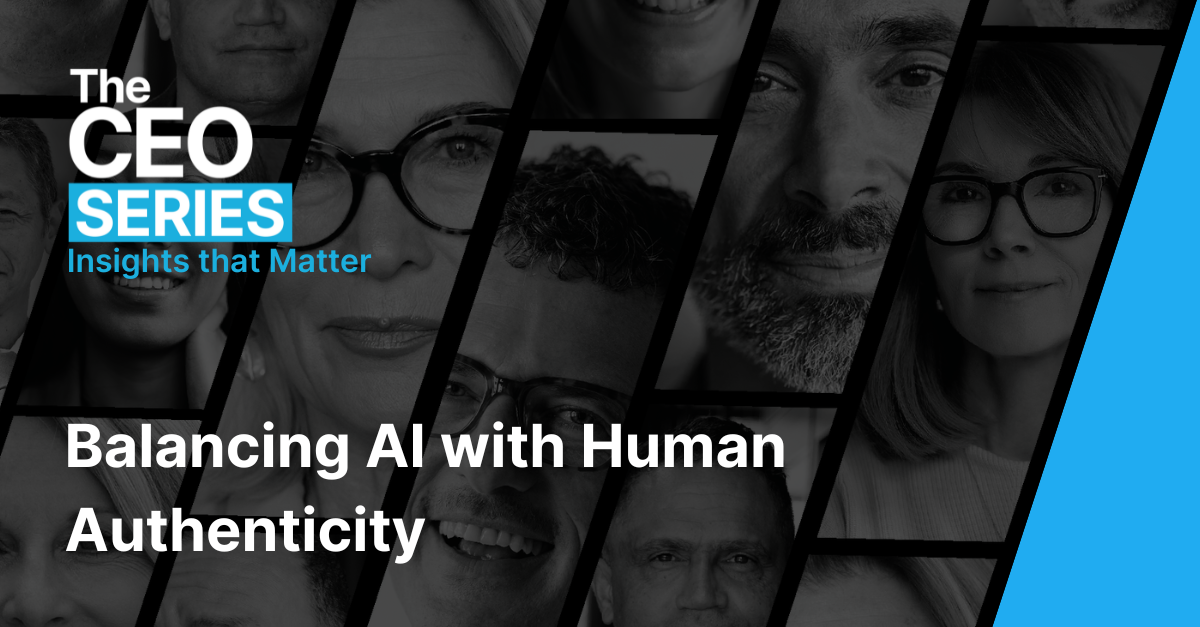
3 min read
Balancing AI with Human Authenticity
How Should I Position My Company to Capitalise on AI Without Losing Human Authenticity? Artificial intelligence is no longer a futuristic promise -...
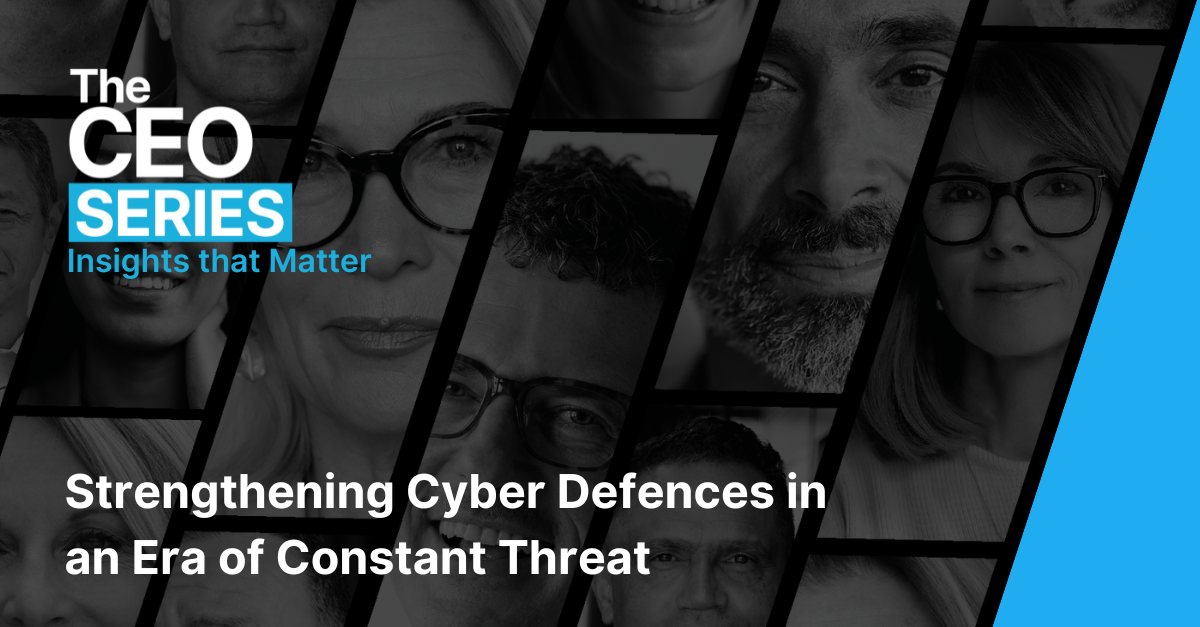
4 min read
Strengthening Cyber Defences in an Era of Constant Threat
The Business Risk That Can No Longer Wait Australia faces a relentless wave of cyber threats, with businesses confronting around 164 cyber incidents...
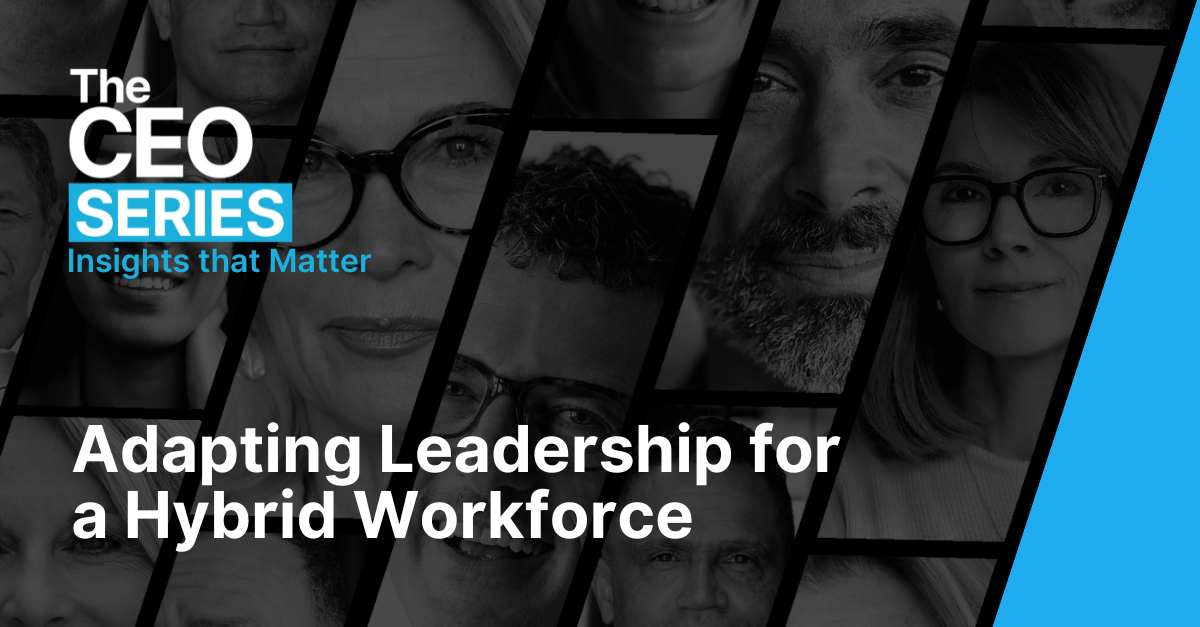
3 min read
How Do I Adapt My Leadership Style for a Hybrid Workforce?
The pandemic created a seismic reset in how people work. Australian and New Zealand organisations that once debated the merits of remote work have...
